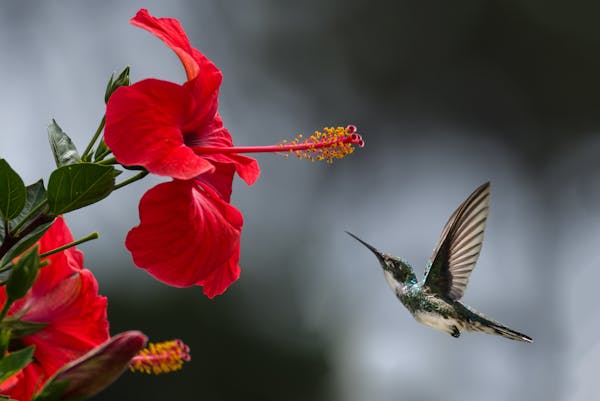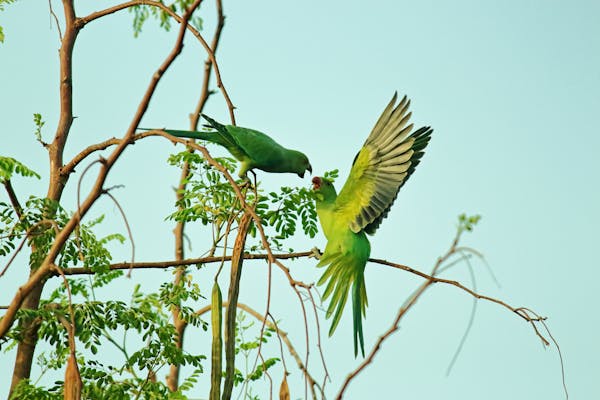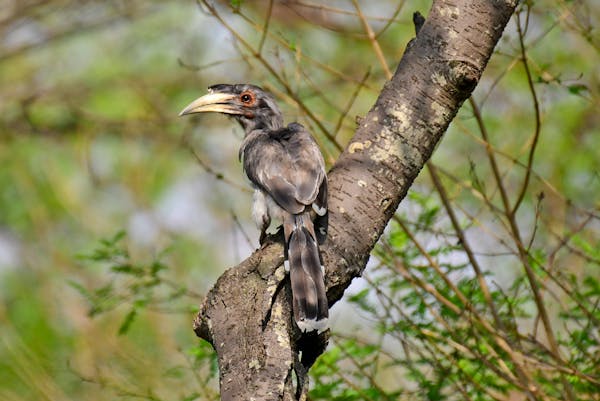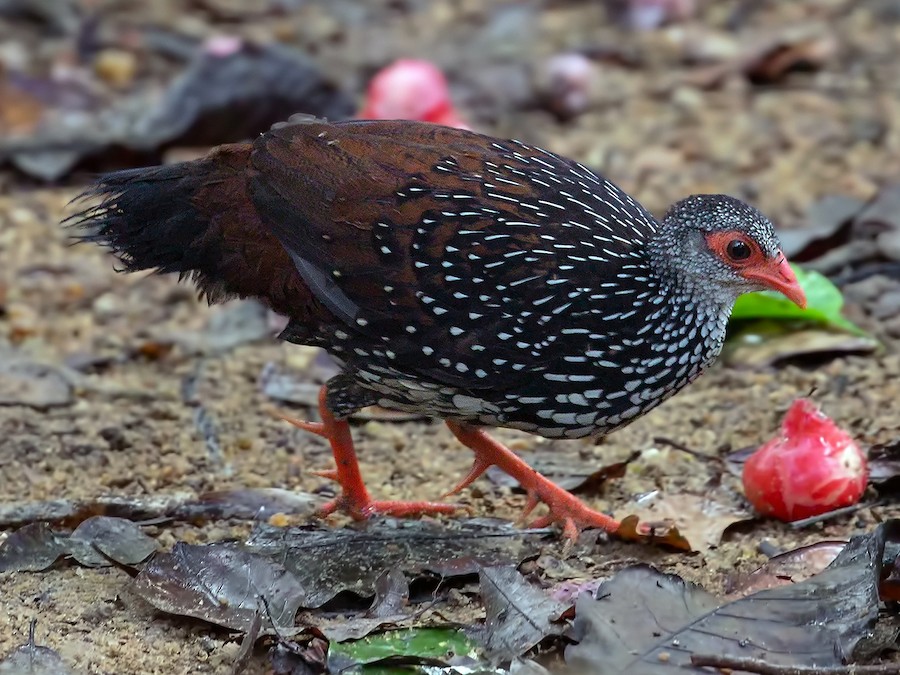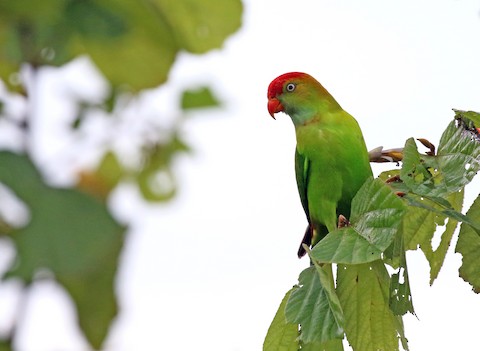Location
Kitulgala Rain Forest
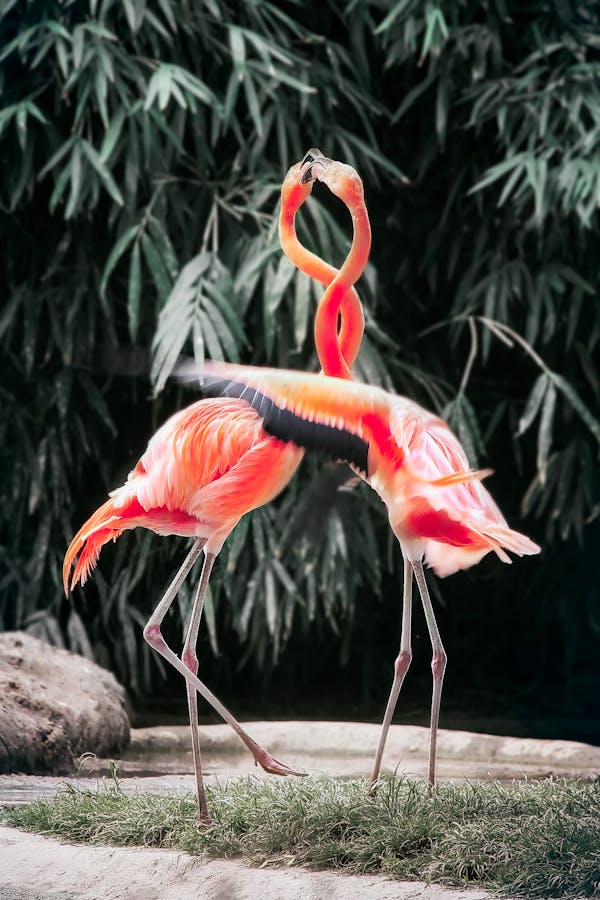
Our Birds
Best Bird Watching Sites in Sri Lanka, covered in our tour plans
Kitulgala forest is secondary lowland rain forest reserve to protect the water shed of the Kelani River . The forest area extending up to the higher elevations, continuous with the Peak wilderness forest area, one of the best places to see Sri Lanka 's endemic birds.
